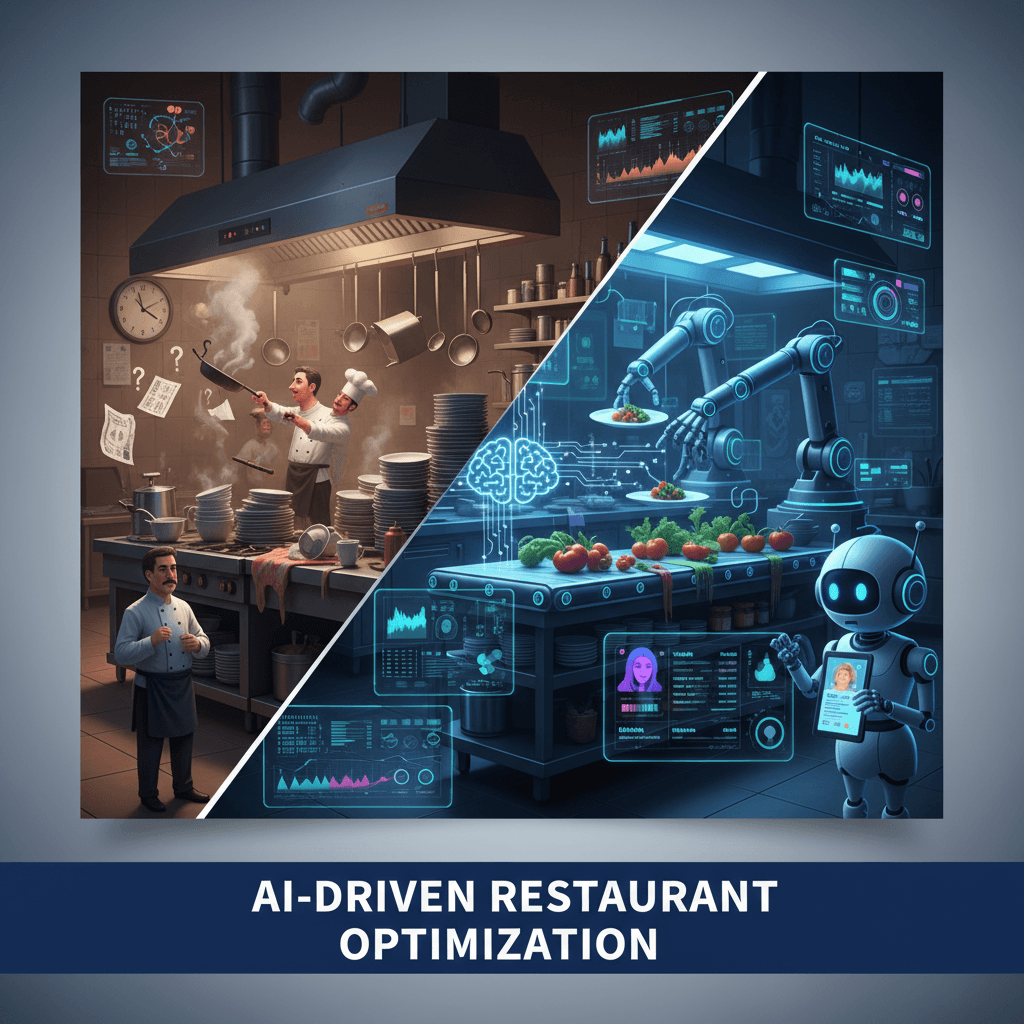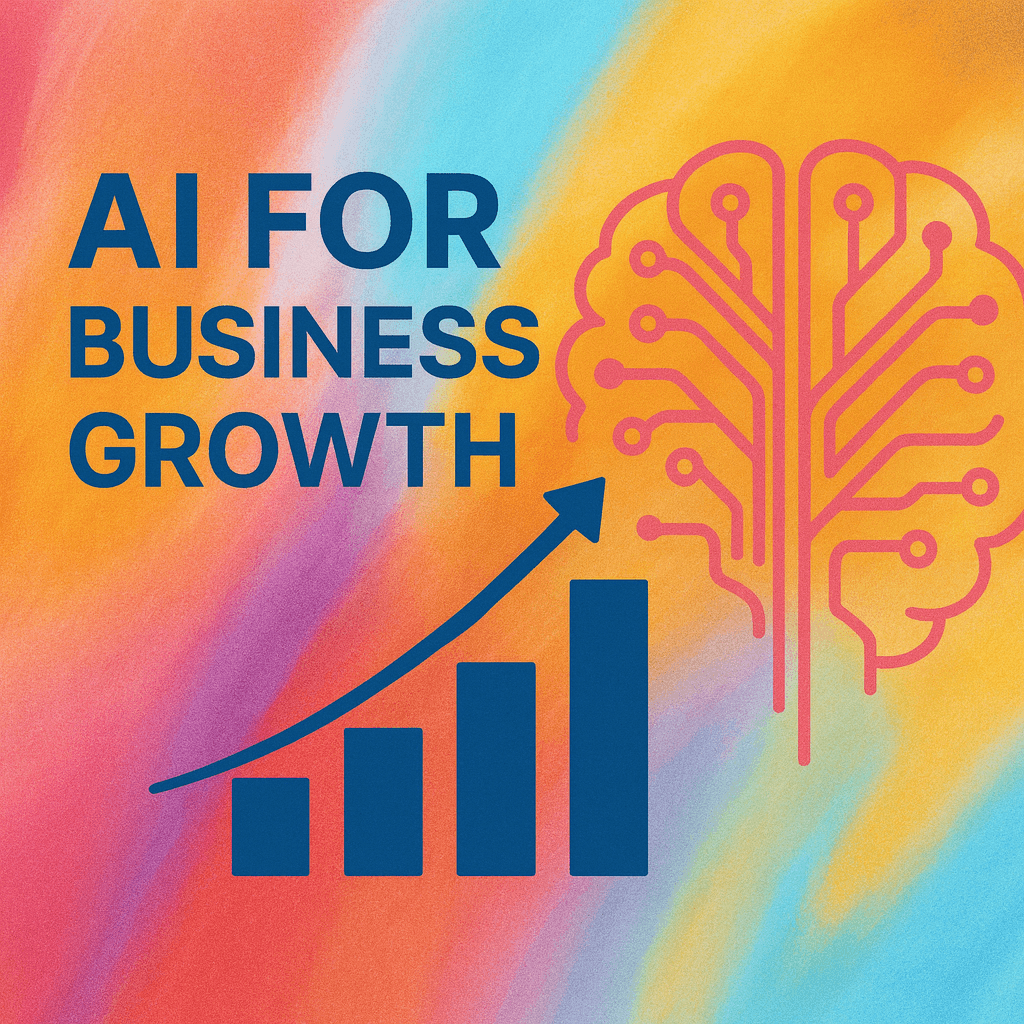Struggling with Supply Chain Disruptions in Your Restaurant?
If you own or manage a restaurant, you know just how frustrating supply chain disruptions can be. Missed deliveries, ingredient shortages, unpredictable demand swings—these challenges disrupt your day's flow and squeeze your margins. It’s not just an inconvenience; it can damage reputation, frustrate customers, and erode your profitability. Sound familiar? Many restaurants face this relentless battle without a clear solution in sight.
Ignoring supply chain inefficiencies today only means bigger headaches tomorrow. Unchecked, these issues can snowball into costly menu shortages and increased waste, putting your restaurant at risk in a highly competitive industry.
Here's the thing: while these problems have been around for ages, an innovative, data-driven approach is changing the game. Advanced tools are now helping restaurants predict and prevent disruptions before they happen, turning inventory management from guesswork into a science. This builds on our The Ultimate Guide to AI Automation for Restaurants: A New Recipe for Success guide, bringing laser-focused AI capabilities to your ingredient tracking.
Why Supply Chain Disruptions Hit Restaurants Hard
- Unexpected delays from suppliers leading to last-minute ingredient shortages that force menu changes or cancellations.
- Inaccurate inventory data causing over-ordering or understocking, resulting in waste or lost sales.
- Volatile demand patterns influenced by seasonality, special events, or market trends, making forecasting a challenge.
- Manual stock management that’s error-prone and time-consuming, pulling your team away from customer service.
- Inefficient communication with multiple vendors, slowing down response times during critical shortages.
These disruptions don’t just hit operations; they eat into your profits and can damage your customer loyalty. Reduced availability means fewer orders fulfilled, while excess inventory leads to spoilage and financial loss.
Supplier Delays
Late deliveries cause ripple effects throughout your kitchen operations.
Inventory Inaccuracy
Without real-time data, guesswork prevails, increasing errors.
Demand Volatility
Fluctuating customer demand complicates planning and ordering.
Manual Processes
Labor-intensive tracking drains time and invites mistakes.
Uncovering What Keeps Your Supply Chain Vulnerable
Traditional restaurant supply chains rely heavily on manual inventory logs, static reorder points, and human memory, which are ill-equipped for today's dynamic environment. This lack of real-time visibility and predictive insight means disruptions often come as shocks rather than manageable issues. Understanding these weaknesses is key to breaking the cycle of persistent shortages and waste.
- Manual data entry leads to delays and errors in stock updates.
- Lack of real-time tracking means supply issues are detected too late.
- Forecasting based on historical averages misses sudden market changes.
- Limited supplier performance monitoring hinders proactive response.
- Inventory systems rarely integrate with ordering and sales data, creating silos.
These fundamental flaws leave restaurants scrambling, often reacting instead of preventing. It's clear that without advanced, intelligent systems, supply chain resilience remains out of reach.
How AI Builds a Smart, Resilient Supply Chain Framework
Enter AI-powered ingredient tracking — a system that brings real-time data, predictive analytics, and automation together to transform how restaurants manage their supplies. AI provides a comprehensive framework that turns raw data into actionable insights, allowing restaurants to forecast demand precisely, optimize ordering, and swiftly address potential shortages before they disrupt service.
Real-Time Inventory Visibility
Track stock levels continuously across locations, minimizing guesswork.
Predictive Demand Forecasting
Use historical and market data to anticipate ingredient needs.
Automated Reordering
Set smart thresholds that trigger timely purchase orders automatically.
Supplier Performance Insights
Monitor vendors and identify risks before they affect your kitchen.
Think of AI as your kitchen’s invisible partner, watching your inventory and orders 24/7 to help maintain balance, reduce waste, and keep your menus fully stocked with minimal manual effort.
Implementing AI-Powered Ingredient Tracking: A Step-by-Step Guide
Assess Existing Systems
Identify current inventory and ordering processes, noting gaps and data silos.
Select an AI-Enabled Platform
Choose software that offers real-time tracking, demand forecasting, and supplier analysis.
Integrate Sales and Supplier Data
Connect POS systems and vendor data streams for a unified data picture.
Train Staff and Define Workflows
Ensure your team understands how to use the system and set smart reorder rules.
Monitor and Optimize
Regularly review AI recommendations and outcomes, adjusting thresholds as needed.
Start small with pilot locations or specific ingredient categories before scaling system-wide to ease the transition and build confidence.
Keep in mind, AI implementation isn’t a ‘set it and forget it’ deal. It’s an evolving process where continuous feedback and data refinement enhance accuracy and responsiveness, making the system smarter and more tailored over time.
Proactive AI Strategies to Prevent Future Supply Chain Disruptions
- Predictive demand forecasting to adjust procurement ahead of market changes.
- Automated alerts for low stock or supplier delays, enabling swift intervention.
- Scenario modeling to prepare for seasonal trends or unexpected events.
- Ingredient loss prevention by tracking spoilage and recommending usage adjustments.
- Supplier risk scoring to diversify sourcing and reduce dependency.
Shifting from reactive fire-fighting to proactive management with AI builds a more resilient supply chain, ensuring steady ingredient availability and operational stability.
Success with these methods depends on commitment—to consistently acting on AI insights, refining models, and fostering collaboration with suppliers, which together create a robust safety net for your restaurant.
Using AI-Driven Monitoring Systems for Continuous Supply Chain Optimization
| Feature | Benefit | Impact |
|---|---|---|
| Real-Time Stock Tracking | Instant visibility into inventory levels | Reduces stockouts and overstock situations |
| Automated Alerts | Notifies managers of anomalies or delays | Enables timely corrective actions |
| Supplier Analytics | Monitors vendor reliability and delivery performance | Improves sourcing decisions and resiliency |
| Demand Pattern Analysis | Identifies trends and seasonal fluctuations | Optimizes ordering and reduces waste |
| Continuous Learning | System refines forecasts based on new data | Enhances accuracy over time |
Real Results from AI Ingredient Tracking
Measurable improvements from AI adoption in restaurant supply chains
Maximize benefits by integrating the monitoring system with your existing ordering workflows, and regularly review performance metrics to fine-tune AI parameters.
Ready to Take Control of Your Supply Chain?
Don’t let ingredient shortages and supply disruptions erode your restaurant’s potential any longer. Book a consultation to explore how AI-powered ingredient tracking can streamline your operations, reduce waste, and boost profitability starting now.
Schedule Your ConsultationTaking action today means benefiting from a smoother-running kitchen, happier customers, and healthier margins sooner than you think. Let's build a resilient supply chain that keeps your restaurant thriving in any market condition.
Frequently Asked Questions About AI-Powered Ingredient Tracking
AI improves restaurant procurement by analyzing sales trends and inventory data in real time, enabling smart reorder decisions, identifying optimal suppliers, and predicting demand fluctuations. This reduces overbuying, controls costs, and ensures ingredient availability.
AI solutions automate inventory tracking, forecast demand accurately, and optimize ordering processes in restaurant kitchens. This boosts efficiency, reduces waste, minimizes human errors, and helps maintain consistent menu availability.
Absolutely. AI enhances food supply chain management by providing real-time visibility into ingredient flow, predicting potential disruptions, and optimizing supplier relationships. This leads to improved reliability and cost savings.
Yes, AI solutions are scalable and can be tailored for small to large restaurants. Even smaller operations can benefit from AI-powered inventory optimization tools that help manage costs and reduce waste effectively.
Integration varies by platform but typically involves connecting your POS, inventory, and supplier data sources. Many AI solutions offer user-friendly interfaces and support to facilitate smooth adoption with minimal disruption.
""AI-powered ingredient tracking is a transformative tool for preventing restaurant supply chain disruptions by enabling real-time inventory visibility, predictive demand forecasting, and automated replenishment. This leads to significantly increased operational efficiency by reducing manual errors and streamlining procurement processes. Moreover, AI minimizes food waste through accurate forecasting and proactive management of perishable goods, which directly enhances sustainability efforts. Collectively, these improvements reduce costs, ensure consistent ingredient availability, and ultimately drive higher profitability for restaurants by optimizing both purchasing and menu strategy.""— According to Zendesk's recent analysis of AI in restaurants (https://www.zendesk.com/blog/ai-for-restaurants/):

